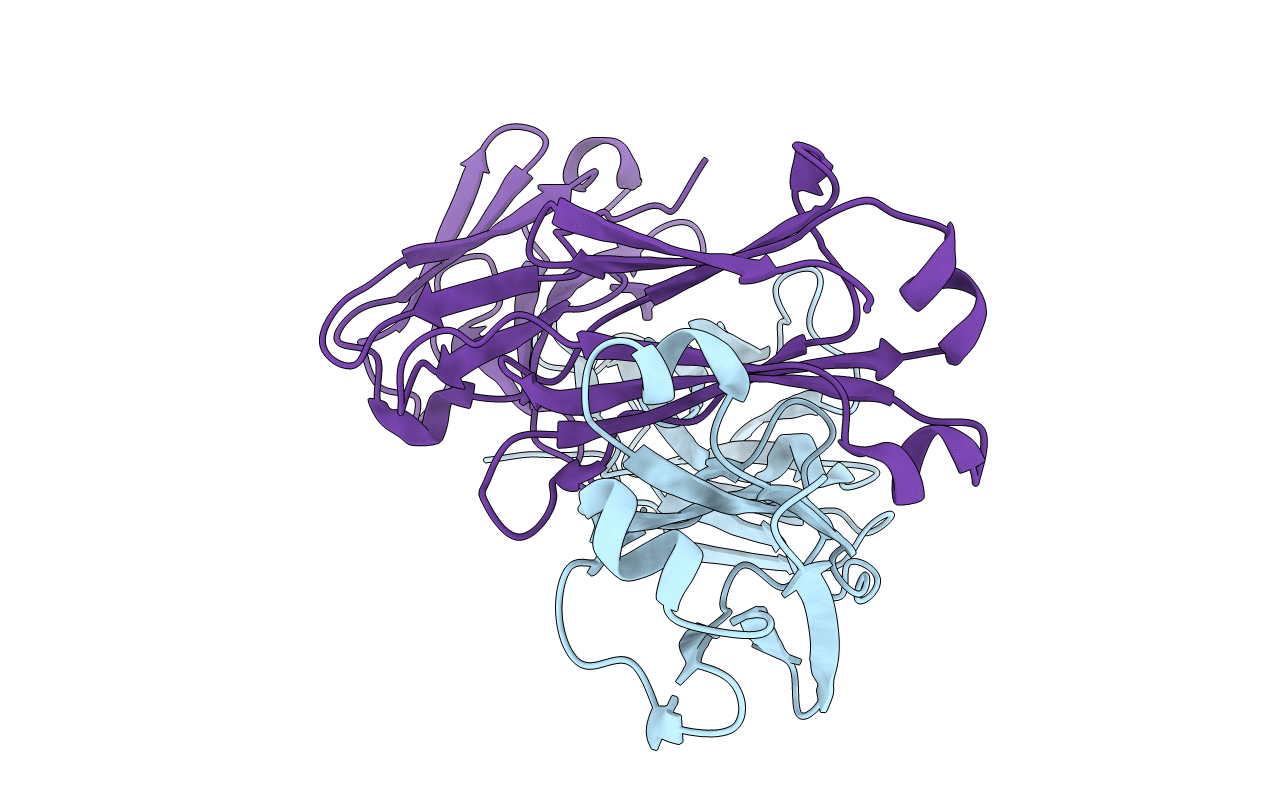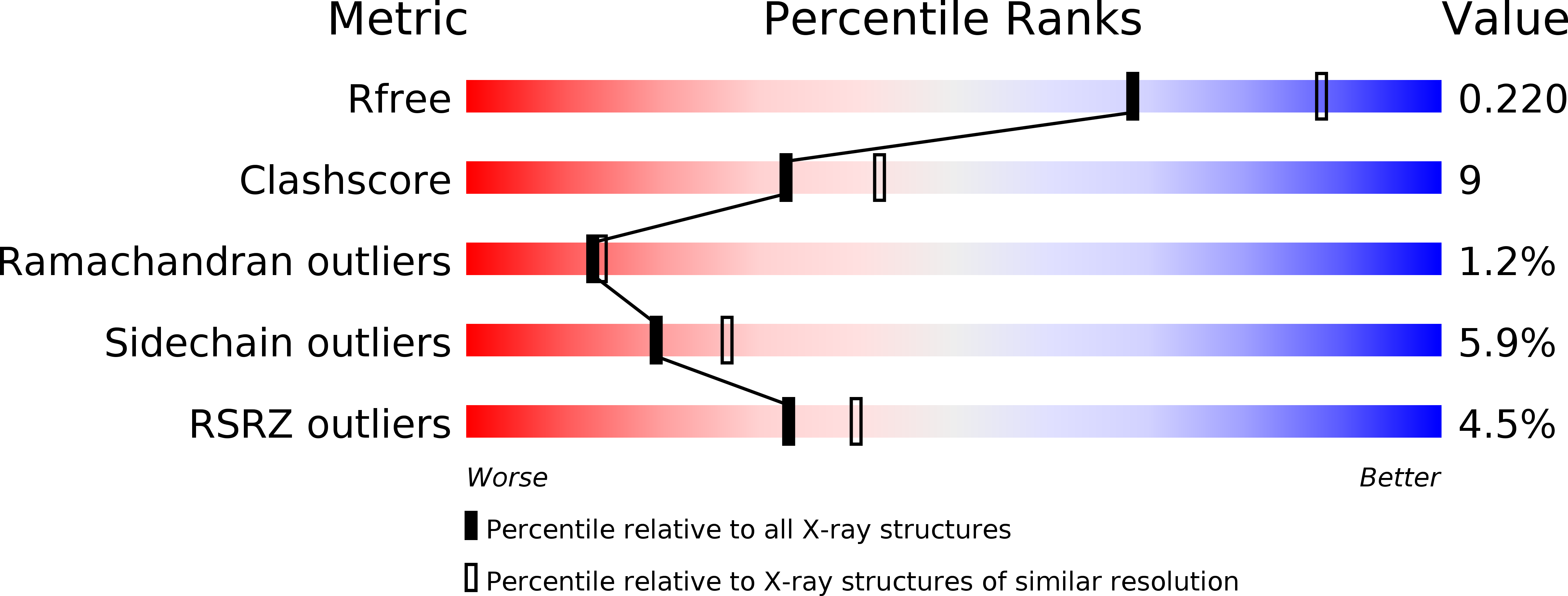
Deposition Date
2002-04-17
Release Date
2003-07-01
Last Version Date
2024-11-13
Entry Detail
PDB ID:
1LHZ
Keywords:
Title:
Structure of a Human Bence-Jones Dimer Crystallized in U.S. Space Shuttle Mission STS-95: 293K
Biological Source:
Source Organism:
Homo sapiens (Taxon ID: 9606)
Method Details:
Experimental Method:
Resolution:
2.30 Å
R-Value Free:
0.22
R-Value Work:
0.17
Space Group:
P 21 21 21


